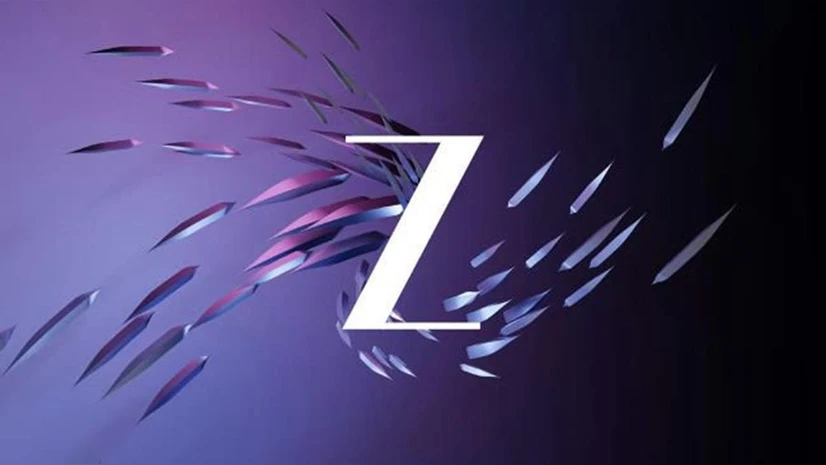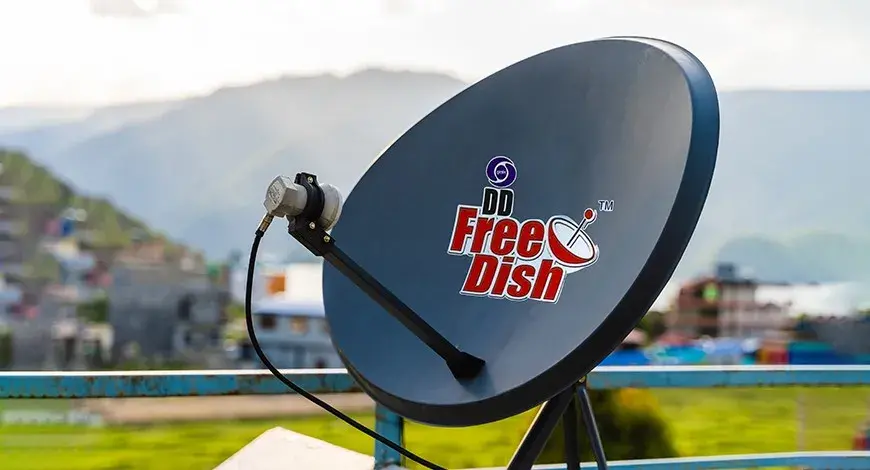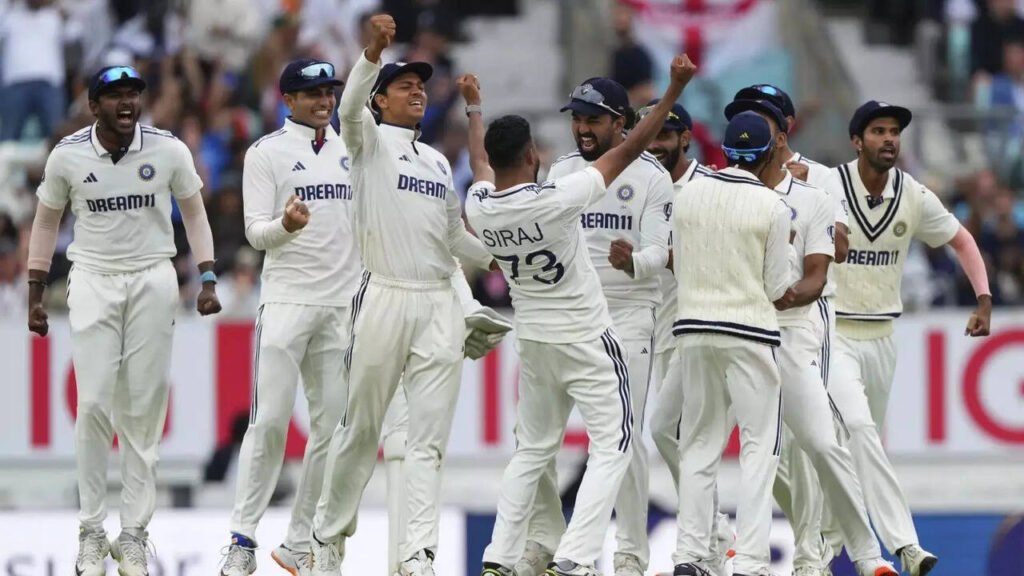ZEE Entertainment Achieves 4-Year Peak in TV Market Share at 18.2%
ZEE Entertainment Enterprises Ltd. (ZEE) has touched a four-year milestone, securing an 18.2% market share in linear television while reaching 855 million viewers across 99% of Indian TV households. The network announced that eight of its channels now lead their respective genres. Hindi GEC Zee TV hit a three-year high with nearly 15% market share in July (HSM Urban, 15+) and ranked as the top pay Hindi GEC among premium rural audiences. Fresh shows like Tumm Se Tumm Tak and Saru emerged as slot leaders. In the movie space, Zee Cinema dominated the Hindi genre, powered by the blockbuster TV premiere of Pushpa 2, which recorded the biggest television opening of FY26 so far. Lifestyle channel Zee Zest also retained its leadership for the third consecutive year. Regional markets played a key role in driving growth. ZEE’s southern share climbed to 17.2% (FY26 YTD), nearly three points higher than FY22. Zee Kannada maintained its dominance with a 44% share, while Zee Tamil posted record highs with Ayali and Karthigai Deepam. Zee Telugu scored a massive 18.1 TVR with the premiere of Sankranthiki Vasthunam, the biggest Telugu TV debut in two years. In other regions, Zee Sarthak led Odia GECs for the fifth year, Zee Talkies topped Marathi movies for a sixth year, and Zee Marathi grew its relative share by 10% over two years. Zee Bangla reclaimed the No. 1 spot in West Bengal Urban, while Zee Bangla Cinema emerged as the leader in the Bangla movie genre. Chief Content Officer Raghavendra Hunsur credited the success to ZEE’s strong storytelling across languages, saying the network’s mix of original shows and hit films continues to resonate with audiences nationwide. Rituparna Dasgupta, EVP – Network Research and Planning, highlighted ZEE’s unmatched reach across Bharat, underscoring its role as a “trusted family member” in Indian households. ZEE has also strengthened its regional lineup with the launch of Zee Power (Kannada) and Zee Bangla Sonar. Source: Economic Times
ZEE Entertainment Achieves 4-Year Peak in TV Market Share at 18.2% Read More »










